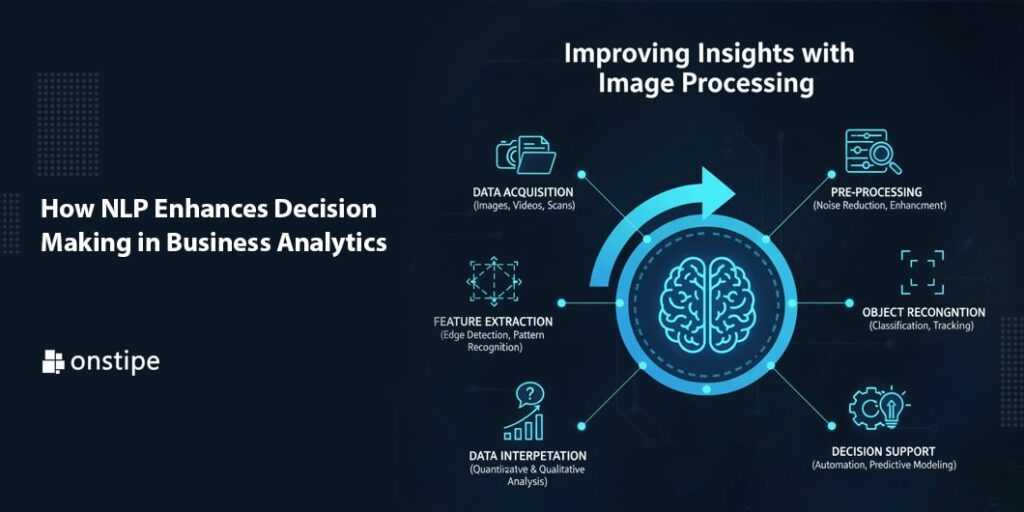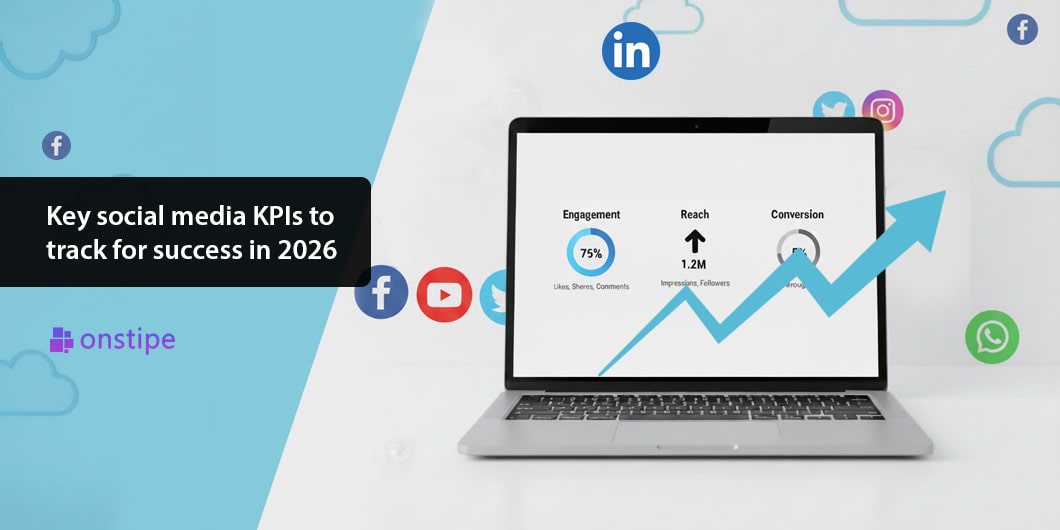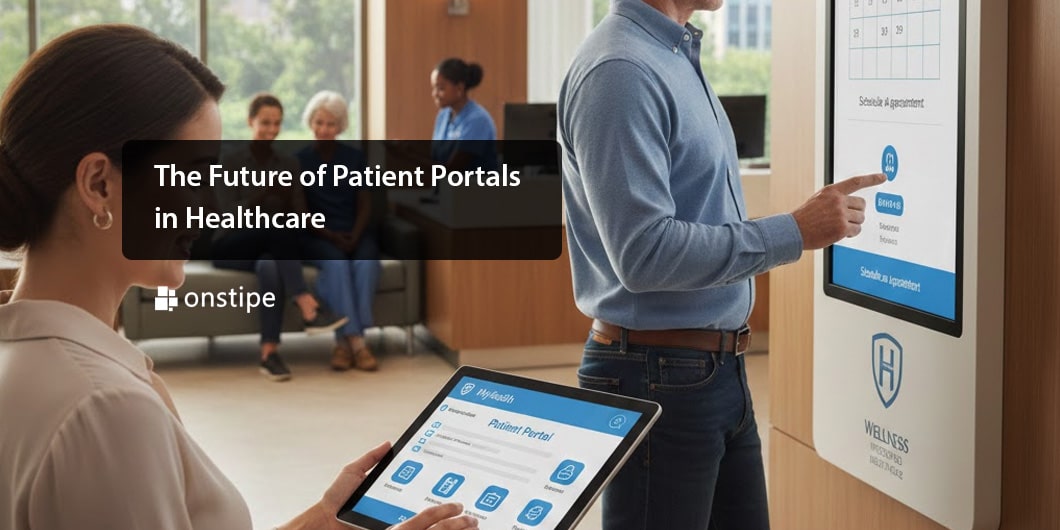In today’s data-driven business environment, organizations face an overwhelming amount of information from multiple sources. Companies generate vast quantities of documents, customer feedback, emails, reports, and even visual data every day. Making sense of this information quickly and accurately is essential for staying competitive and making informed strategic decisions.
Artificial intelligence (AI), particularly natural language processing (NLP), has emerged as a powerful tool to transform raw data into actionable insights. By analyzing unstructured text and combining it with other data sources, NLP helps decision-makers uncover trends, optimize processes, and respond proactively to changing market conditions.
Improving Insights with Image Processing
Businesses today generate massive amounts of data, not only in the form of text but also visual content such as images, diagrams, and charts. Leveraging image processing services allows companies to extract meaningful information from this visual data, enabling faster and more accurate analysis. By converting images into structured data, AI systems can identify patterns, detect anomalies, and provide insights that complement traditional numeric or textual analysis.
For instance, in retail, image processing can track product placement and shelf availability, helping managers make informed stocking decisions. In manufacturing, analyzing images of production lines allows early detection of defects or inefficiencies. Integrating visual insights with business analytics ensures that decision-makers are not limited to text and numeric data but can use a complete picture of operational performance to make strategic choices.
The integration of image processing into analytics pipelines also enhances reporting and visualization. Executives can view interactive dashboards that combine structured data with visual evidence, improving the clarity and relevance of insights for operational and strategic decision-making.
Transforming Analytics with NLP Data Science
Beyond visual data, unstructured textual information represents a vast, largely untapped resource. nlp data science allows businesses to process and analyze text from multiple sources, including emails, social media, customer reviews, reports, and internal documents, transforming it into actionable insights that support decision-making.
NLP techniques such as sentiment analysis, topic modeling, and named entity recognition help organizations understand customer preferences, market trends, and operational risks. For example, analyzing customer feedback across multiple channels can reveal recurring pain points or emerging demands, enabling companies to adapt their products and services more effectively.
Text summarization and information extraction streamline data processing by condensing large volumes of reports into concise, actionable information. Decision-makers no longer need to sift through hundreds of documents manually, as NLP systems highlight the most relevant insights and trends, saving time and improving accuracy.
Additionally, NLP can enhance predictive analytics by incorporating textual data into forecasting models. Market sentiment, regulatory announcements, or social media trends can be quantified and combined with traditional data sources to improve the accuracy of predictions, helping executives make informed strategic decisions.
Enhancing Customer Experience Through NLP
One of the most significant benefits of NLP in business analytics is its ability to improve customer experience. By analyzing communication patterns, support tickets, and feedback, companies can identify recurring issues and opportunities for service improvement.
Chatbots and virtual assistants, powered by NLP, provide real-time support and guidance, reducing response times and improving satisfaction. The insights collected from these interactions also feed back into analytics platforms, creating a continuous learning loop that helps refine both customer service and business strategies.
Understanding sentiment and language trends allows businesses to tailor marketing campaigns and communication strategies more effectively. Targeted messaging based on insights extracted through NLP increases engagement, conversion rates, and brand loyalty.
Supporting Risk Management and Compliance
NLP data science also plays a crucial role in risk management. Financial institutions, for example, can analyze large volumes of textual data from regulatory filings, news articles, and market reports to identify potential risks or opportunities. By extracting key entities, monitoring trends, and detecting anomalies, NLP helps organizations act proactively rather than reactively.
Similarly, compliance teams benefit from automated monitoring of internal communications and external regulations. NLP tools can flag potential violations, track policy adherence, and generate alerts, reducing the likelihood of costly errors and ensuring that organizations meet legal requirements efficiently.
Driving Strategic Business Decisions
Integrating NLP insights with other analytics sources creates a more holistic understanding of business operations. Companies can combine structured data, visual insights from image processing, and unstructured text analysis to make well-informed strategic decisions.
For example, a retail company might use image processing to monitor shelf stock and product displays, NLP to analyze customer reviews and social media feedback, and predictive analytics to forecast sales trends. This integrated approach allows leaders to identify patterns, optimize processes, and respond to market changes proactively.
By leveraging NLP, organizations gain a competitive advantage through faster, data-driven decisions, reducing reliance on intuition alone. Decision-makers can prioritize initiatives, allocate resources efficiently, and implement strategies with greater confidence.
Conclusion
Natural language processing is transforming the way businesses analyze and act on data. Alongside image processing services, NLP enables organizations to convert unstructured text into actionable insights, improving decision-making, customer experience, and operational efficiency.
Companies that adopt NLP can respond more quickly to market trends, optimize processes, and maintain a competitive edge in an increasingly data-driven world. By combining technology with innovative analytics strategies, businesses can harness the full potential of their data for long-term growth and success.







